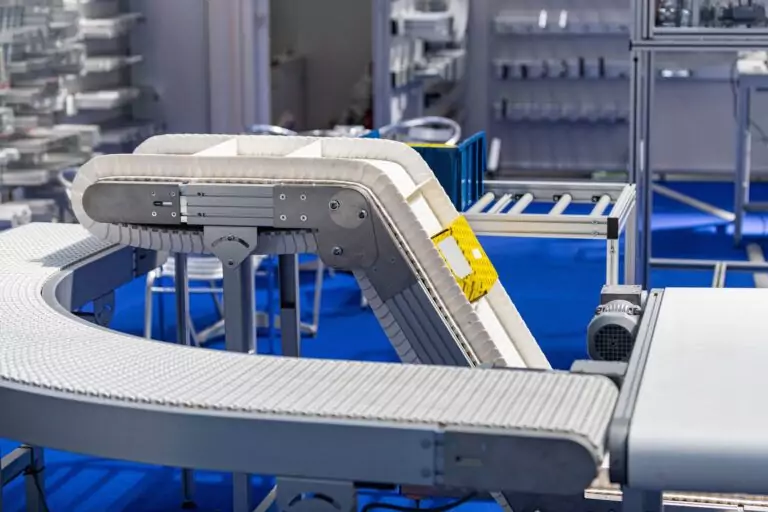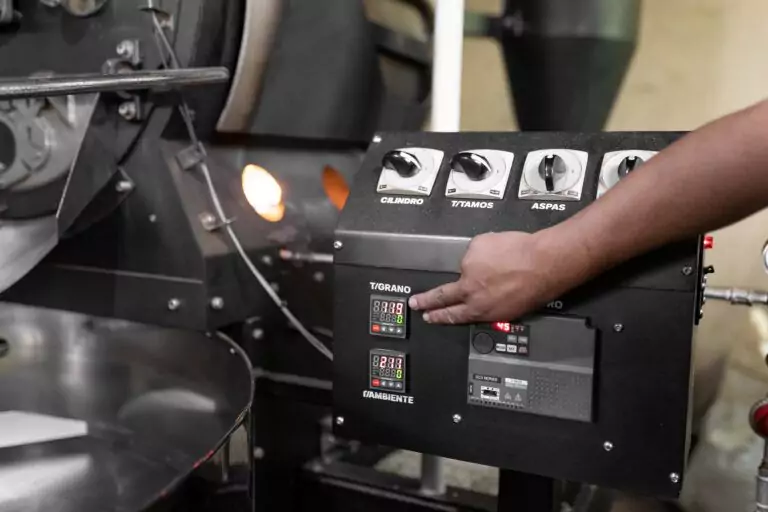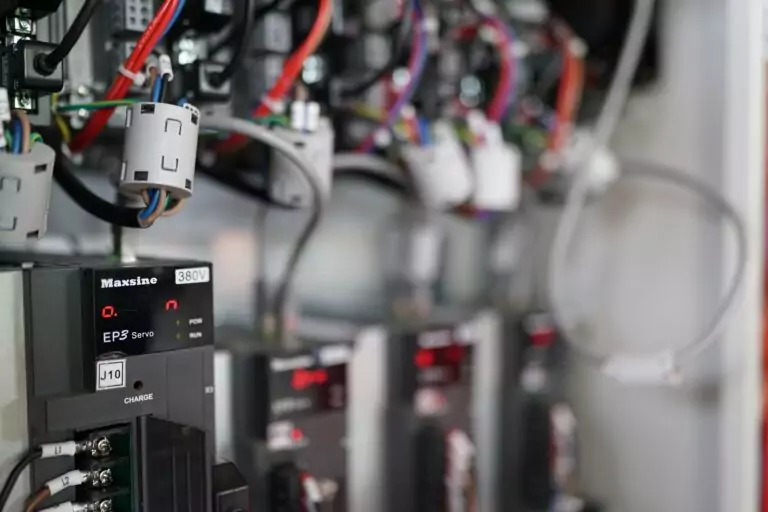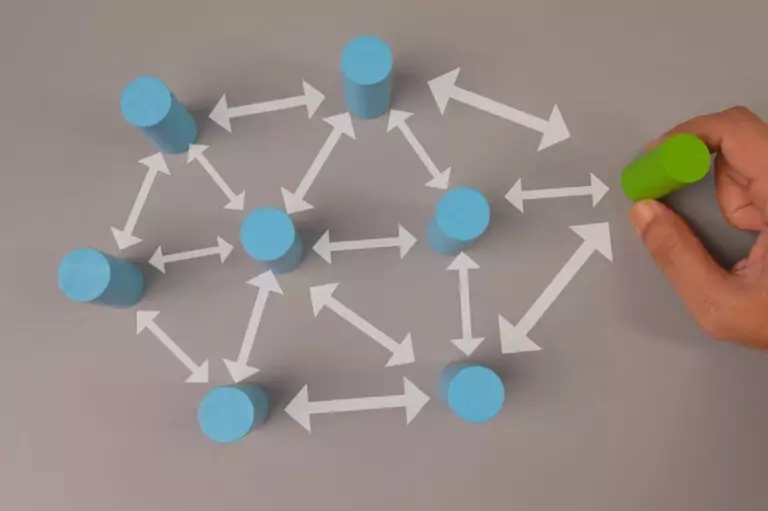A McKinsey study of large capital investment projects found that 68% of projects in the energy sector experienced delays, with an average delay of 1.8 years. Thankfully, not every project results in a 2-year delay, but these figures show the impact of project management practices employed in the industry.
The energy industry is constantly evolving, and companies need to stay abreast of the latest business processes and project management techniques in order to remain competitive. One such methodology that is becoming prominent is Advanced Work Packaging (AWP). It is a key factor in delivering safety, reduced costs, and customer satisfaction. In this article, we will explore:
- What is Advanced Work Packaging?
- The benefits and challenges of AWP, and
- How it is being implemented in the oil and gas industry in North America
What is Advanced Work Packaging?
AWP is a project management methodology that maximizes collaboration between teams such as engineering, procurement, construction, and installation. The method drives early engagement between these key stakeholders with a focus on developing the optimal way to sequence the construction of the project.
Many traditional project management methods move from phase to phase, with teams siloed from each other and decisions made in isolation from other work groups. This can lead to a lack of information, miscommunications, and delays due to technical issues, scheduling conflicts and material delays.
The AWP method starts with the end in mind. There are several elements to AWP:
- Teams work together to divide up the plant or facility to create separate Construction Work Areas (CWAs). These are then assessed by all functions to agree the best sequence of completion.
- These CWAs are sequenced based on the optimal construction strategy. This leads to an agreed Path of Construction (PoC) for the facility, the sequence that the asset will be built and completed.
- Breaking down the work to a finer level of detail, Construction Work Packages (CWPs) are then planned in detail, with all work groups able to give input and influence the final design and organization of the work.
- There are normally separate work packages assigned to each work group, for example Engineering Work Packages, Procurement Work Packages, and Installation Work Packages.
AWP generally leads to shorter project timelines, less schedule overruns, and lower project costs because it aligns all departments early in the project to agree the best strategy of execution. The Total Cost of Ownership (TCO) delivered to the customer is reduced due to reductions in installation and operating costs.
AWP is becoming more prominent in major- and mid-sized companies over recent years. In October 2022, Shell’s contribution to the LNG (Liquid Natural Gas) Canada Project and the use of AWP with contractors was recognized at the North American AWP Project Awards for its use and effectiveness in project management.
“The benefit of AWP was greater control and communication between the Control Team and the Fabrication Team, where all constraints highlighted by fabrications in the war-rooms could be brought to the other departments…such as Materials and Quality Control, shortening the lead time taken by different departments to close their outstanding activities”, said Project Manager Cleiton Rodrigues.
Benefits of AWP
The use of AWP in oil and gas projects has been proven to provide many critical benefits to the delivery of projects. These include:
- Reduced Project Cost: The implementation of AWP reduces the risk of errors, delays, and rework during project execution. By assessing the project with all departments, breaking down work into smaller and smaller packages, AWP can help to ensure that tasks are completed in a consistent and accurate manner. Additionally, by breaking down work into smaller packages, more accurate cost estimates can be projected. Better visibility of risks, opportunities, and variances to budget can be achieved when AWP is employed.
- Improved Safety: A key benefit of AWP is to improve safety on oil and gas projects, especially during the construction and commissioning phases. By breaking work down into smaller packages, AWP can help to ensure that tasks are completed in a safe and controlled manner. Well planned construction areas with defined work assignments help clarify what needs to be done, where, and by whom. The use of 3D modelling and the analysis of workspaces in advance of construction helps reduce accidents and incidents in the field.
- Reduce project duration: Focusing on the optimal path of construction leads to a reduction in the project completion time, compared with more traditional project management methods. Improved communication between teams leads to few opportunities for error, rework, and costly delays.
Sharing best practices in AWP, ExxonMobil reported 20 benefits from using AWP on the North American Growth Venture Interconnects Project in Baytown, Texas projects. These included:
- Projects completed on schedule
- Significantly reduced costs
- Productivity 10% better than planned
- Superb safety record with a Total Recordable Incident Rate (TRIR) of only 0.11 (under 3 is considered the favorable)
Challenges using AWP
Matt Provenzano, Project Manager at Shell’s Deer Park facility (TX), outlines some common challenges faced when first introducing AWP:
“In a facility like ours, a lot of folks have been here for most of their careers, and they’ve been doing these projects their whole careers,” he said. “Why would they change? They think, ‘I’ve got to do more work now.’ So, you have to be very persistent. You have to engage them”.
Implementing any new business or project management process means facing a number of challenges, especially with oil and gas projects. These include:
- Lack of understanding and buy-in: One of the biggest challenges in adopting AWP is the lack of understanding and buy-in from stakeholders. AWP is a new methodology, and it can be difficult for stakeholders to fully understand its benefits and how it works. Without buy-in from stakeholders, it can be difficult to implement AWP effectively.
- Resistance to change: Another challenge in adopting AWP is resistance to change. Many organizations have established ways of working and it can be difficult to convince them to change their processes and procedures. It’s important to communicate the benefits of AWP clearly and work with stakeholders to address their concerns and resistance to change.
- Inadequate systems: The use of specialized software systems for integrating the various components of AWP is another stumbling block for many businesses. As an AVEVA Registered System Integrator, Vista Project’s reporting and information management tools simplify the roll-out of AWP and improve the planning and execution of projects.
Strategies to Adopt AWP
Making a change to how your business operates can be daunting. But with AWP, the benefits far outweigh the initial effort required. Here are some proven strategies for trialing and adopting AWP in your oil and gas projects:
- Start with a pilot project: One strategy for adopting AWP is to start with a pilot project. This allows the organization to test the methodology and gain a better understanding of how it works before fully implementing it on larger projects. Starting with a pilot project also allows the organization to identify and address any potential issues before they become major problems.
- Develop a clear implementation plan: Developing a clear implementation plan is critical for the success of AWP. The plan should include timelines, milestones, and key performance indicators to track progress and measure success. It’s important to involve all stakeholders, including project managers, engineers, and field personnel, in the development of the plan to ensure buy-in and support.
- Communicate and train: Communicating and training are key to the successful adoption of AWP. It is essential to ensure that all stakeholders understand the benefits of the methodology and how it works. Providing training on AWP can help to ensure that the team is equipped with the knowledge and skills needed to implement it effectively.
- Monitor progress and adjust as needed: Finally, it is essential to monitor progress and adjust as needed. Regularly reviewing project performance and progress is important to identify and address any issues that may arise. It’s important to be flexible and willing to make adjustments to the methodology if needed to ensure its success.
Conclusion
Advanced Work Packaging is a powerful project management methodology that can help reduce costs, improve schedule adherence, and reduce safety incidents in the energy industry. More and more businesses are implementing the methodology in North America and seeking out tools and systems to integrate AWP into their projects.
Vista Projects is an integrated engineering services firm able to assist with your AWP projects. With offices in Calgary, Alberta, Houston, Texas, and Muscat, Oman, we help clients with customized system integration and engineering consulting across all core disciplines. Contact us today at: businessdevelopment@vistaprojects.com











